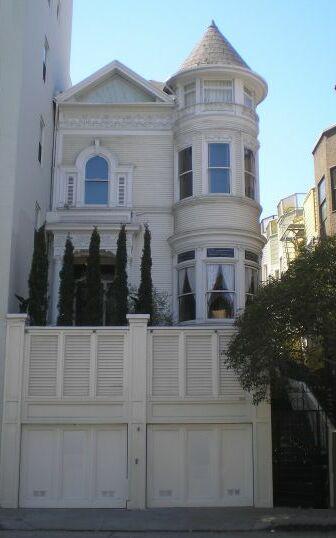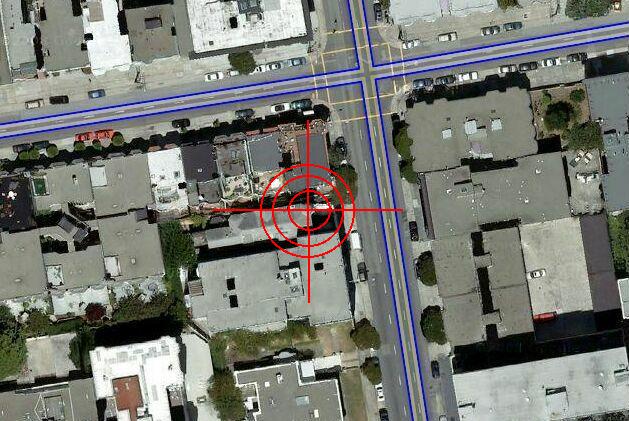 Franklin House
(repainted
cream from forest green)
Franklin House
(repainted
cream from forest green)
Street View
|
|
The house, aside from its roof, walls, floors, and foundation
appears to have no fixed form. One day a room is set up as an
office, a space for executives and directors. The next day it's a
conference room, abuzz with visiting managers reporting in,
planning ahead. The next day it's an elegant dining room serving
mouthwatering gourmet cuisine to family, friends, and recipients of
various honors and acknowledgements. And yet the day after that
it's a Las Vegas casino, replete with tuxedo clad croupiers,
roulette wheels, and black jack tables. Ironically
this latter incarnation is perhaps its most apt, given this is
Werner's
home after all. What it says, what it stands for is
this: if you're going to play with any chance of winning at the
tables of Life, you've got to have something
at stake.
In place of introverted modesty here, there's full blown
Self
expression. And that's just the Franklin House itself I'm talking
about - we'll get to its people in a moment. A large Douglas Fir is
transformed into an extraordinary Christmas tree. It's lit to the
point of not merely twinkling like a traditional Christmas tree.
Rather, it emits dazzling white light. Even more
remarkable is its main set of decorations aren't traditional glass
orbs. They're Japanese Geisha fans. They're not merely
hanging decoratively on the tree, splayed wide open, symbolically
representing Christmas like ordinary ornaments. They're fanning
the Spirit of Christmas from dying embers into a roaring
blazing impassioned fire.
Outside the main upstairs suite window, three single lights in
formation are clearly visible from Franklin Street below. This
audacious display evokes the three wise men, Gaspar, Balthasar, and
Melchior, the magi arriving to celebrate the first
Christmas. It's brilliant. It's evocative. It's bound to be
controversial. But then again,
Werner Erhard's
not exactly known for meekly kowtowing to the status quo. If
anyone else did it, it would reek of false bravado and
inauthenticity.
But when
Werner
does it, amazingly it raises the consciousness of everyone and
anyone fortunate enough to be in the vicinity of the experience. If
anyone else did it, it would be a self aggrandizing boast. But when
Werner
does it, it's a
breakthrough
for humanity, amazingly it's a new possibility of being for human
being. And even after the amazement wears off, what you're left
with is its obviousness. You're left with "Why didn't I
think of that myself?".
A staff meeting is in progress. A complicated, complex set of plans
is set in motion for activities which will occur in the Franklin
House over the next few days. Everyone gets to input what's wanted,
what's needed, and in what sequence things must happen to expedite
these impossible plans, these sheer grandiose conjectures that you
have to be so far out there on the edge to even give
them the tiniest chance of succeeding.
|

